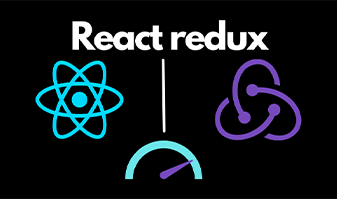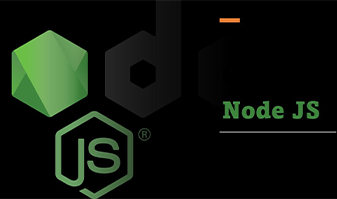Is a highly popular technology stack, and it’s a full-stack. “MEAN” is an abbreviation and the letters stand for MongoDB, Express.js, Angular, and Node.js, respectively.
Programmers use this stack to develop web apps. They also use it to develop mobile apps, however, we are talking about hybrid mobile apps here and not.
MEAN stack is JavaScript-based, and it’s open-source. Given that it offers useful tools and plugins, the MEAN stack helps developers to create web and mobile applications quickly.
Is another open-source technology stack, and you can categorize this too as full-stack. The abbreviation MERN stands for MongoDB-Express.js-React-Node.js, and you can create web and hybrid mobile apps with it.
Like MEAN, MERN too is a collection of JavaScript-based databases, frameworks, and runtime environments. The MERN stack offers an end-to-end framework for developers, and its popularity is growing rapidly.
The popularity of Angular vs React drives the popularity of MEAN vs MERN stacks, respectively. Angular has been a very popular framework for quite some time now, however, React is overtaking it in recent years.
Take, for e.g., the 2019 HackerRank Developer skills report. This report states that in 2018, Angular was the most popular choice of a web framework that programmers knew, with 30% of developers surveyed stated that they knew it. 26% of the surveyed programmers stated that they knew React, and this placed React in the 2nd position.
This changed in 2019. The same report found that 30% of developers in 2019 wanted to learn the React framework, making it the most popular. The corresponding number for Angular dropped to 20%, which indicates that React is gaining more popularity than Angular.
The lack of backward compatibility between Angular 2 and Angular 1 seems to have adversely impacted the popularity of Angular. The “StackOverflow Developer Survey Results 2019” report supports the observation that React is gaining in popularity.
It confirms that React is the most loved web framework, with 74.5% of surveyed developers preferring to develop using it. The corresponding number for Angular is 57.6%, which places it in the 9th position. This report also found that in terms of popularity, React has overtaken Angular. While 31.3% of programmers preferred React, the corresponding number for Angular is 30.7%.
MongoDB, Express.js, and Node.js are already very popular, and they have excellent documentation. You won’t see any pronounced difference in the learning curve as far as these are concerned. However, your learning curve will vary between Angular and React.
Angular is a complete framework, and it uses Typescript and templates. You will certainly see a steeper learning curve with Angular, whereas React is a library where you don’t have much learning curve.
Add to that the quality of documentation! React offers better documentation than Angular, which makes it easier to learn it.
Given MongoDB, Express.js, and Node.js are common to both MEAN and MERN, the productivity differences between the two would flow from the differences between Angular and React. Being a complete framework, Angular offers better productivity.
You would typically use other 3rd party libraries in conjunction with React, which offers relatively lower developer productivity. Note that Angular features a “Command Line Interface” (CLI), and this further enhances developers’ productivity. When you upgrade your code, you will find that the Angular CLI makes it easier. Upgrading your React code is a more involved effort due to the presence of 3rd party libraries.
The data flow is bidirectional in the case of Angular, i.e., if you change the UI, then it automatically changes the model state. You will find this quite different in the case of React, where the data flow is unidirectional. If you use React, that you can change the UI only after changing the model state.
The unidirectional data binding offered by React provides you with a better data overview, which helps you to manage large projects. This makes the MERN stack more suitable for managing larger projects.
On the other hand, if you are executing a small project, then the bi-directional data-binding offered by Angular proves to be a more effective approach. You will gain by using the MEAN stack here.
Modern technology stacks have made web and mobile application development far easier than earlier. However, given the wide range of technology stacks in the market, you might sometimes find it hard to choose one for your project.
Both MEAN vs MERN stacks have many similarities, moreover, both offer several advantages. They differ vis-a-vis certain decision-making criteria, e.g., the MERN stack is better for mobile development, the MEAN stack offers better productivity, etc. In the ultimate analysis, your overall project requirements will drive your choice of the technology stack.
By Siddarth Kheni
April 11, 2024
More from Beact Infotech
Siddarth Kheni
How to Learn React-Redux

Siddarth Kheni
Why node js ?

Siddarth Kheni
5 Reason Why You Should Learn HTML & CSS

Siddarth Kheni
Introduction to PWA

Siddarth Kheni
Things You Need To Know About ChatGPT

Siddarth Kheni
10 Main Core Concept You Need to Know About React
© Copyright 2024 - Beact Infotech. All Rights Reserved